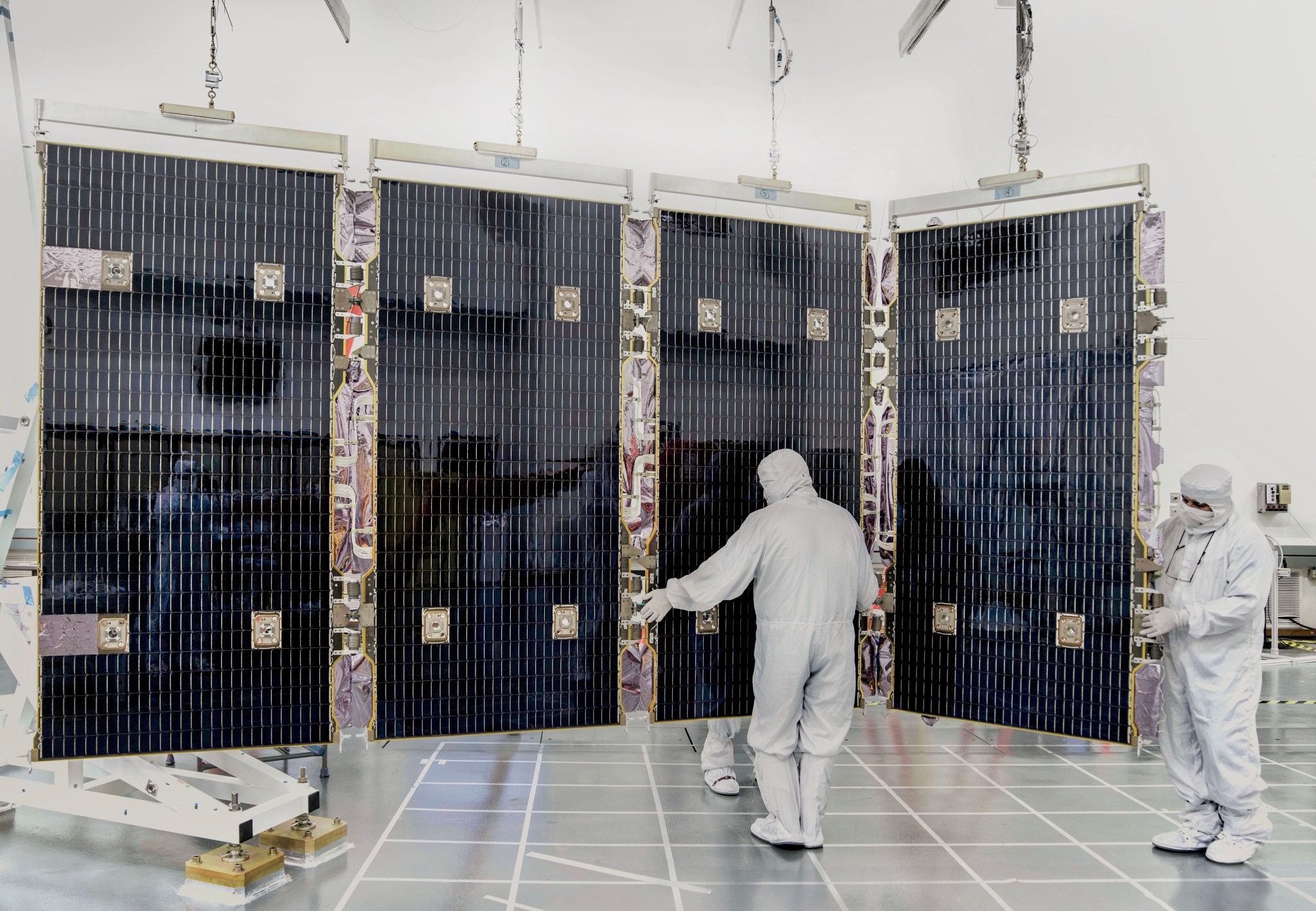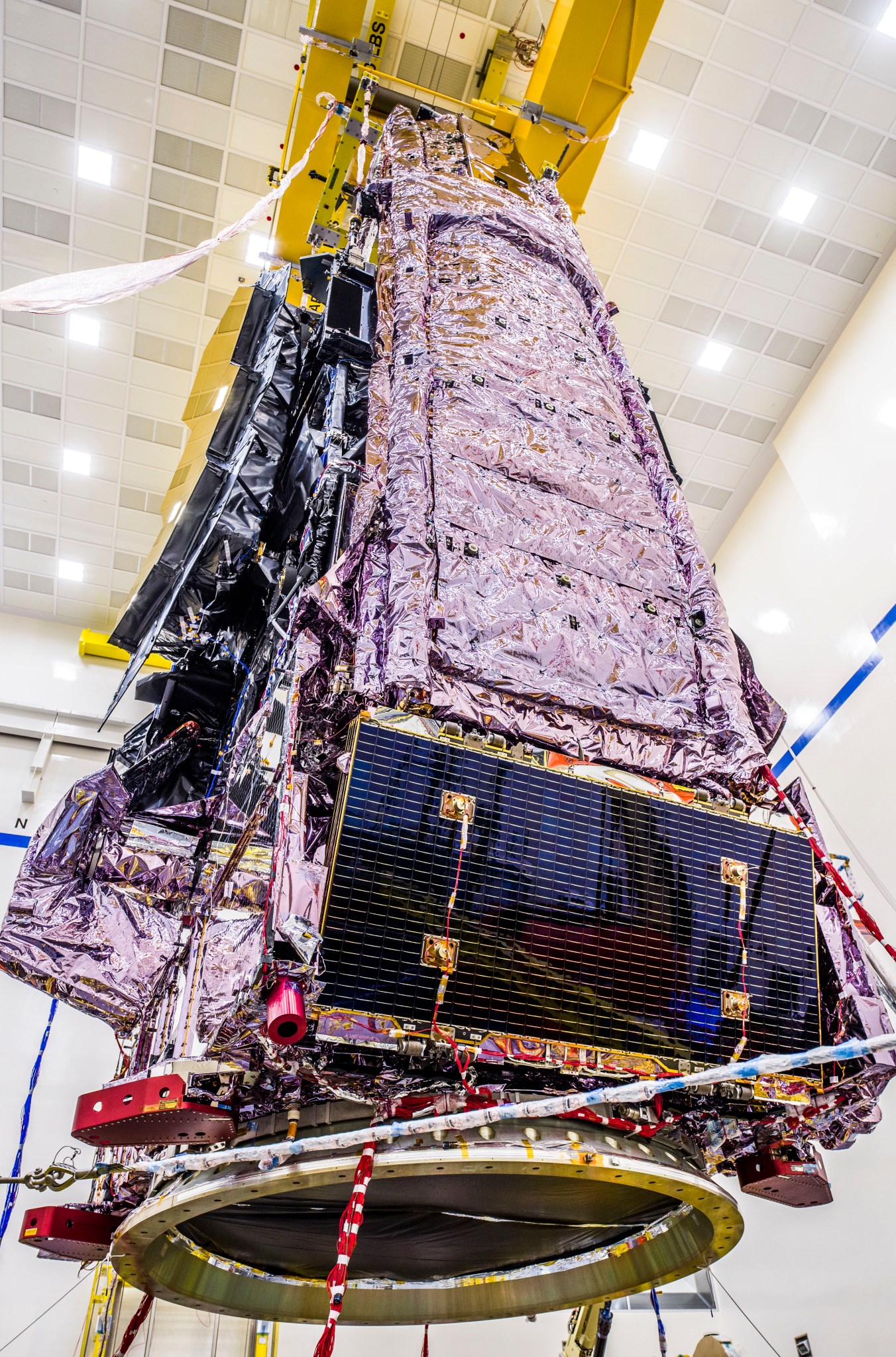
One kilowatt is about what it takes to heat up some leftovers in a microwave — or to power the largest and most technically advanced telescope ever built. Thanks to its solar array, NASA’s James Webb Space Telescope will stay energy-efficient more than 1 million miles (1.5 million kilometers) from Earth.
Webb’s 20-foot (6-meter) solar array was recently attached to the main observatory for one of the final times before launch. The “powerhouse” of the telescope, the array will supply energy to all of the telescope’s scientific instruments and communication and propulsion systems. While Webb will only use 1 kilowatt of power, the solar array is capable of generating nearly double that amount to factor in the gradual wear and tear of a harsh space environment.

The solar array is made up of five panels that are hinged together to easily fold up and stow in Webb’s launch vehicle, the Ariane 5 rocket. When Webb launches in 2021, this deployment will be the first and one of the most critical steps in the observatory’s full deployment process. The telescope’s onboard battery is intended to last only a few hours, up until the solar array unfolds in space and begins converting sunlight into electricity.
In spring 2019, the array was removed from the spacecraft for deployment testing. To minimize friction and mimic the zero-gravity conditions of deep space, the team conducted tests by hanging the array on its side.
NASA’s James Webb Space Telescope will be the world’s premier space science observatory when it launches. Webb will solve mysteries in our solar system, look beyond to distant worlds around other stars, and probe the mysterious structures and origins of our universe and our place in it. Webb is an international program led by NASA with its partners, ESA (European Space Agency) and the Canadian Space Agency.
For more information about Webb, visit www.nasa.gov/webb.
Header image caption: Technologists holding the solar array of the James Webb Space Telescope after a test of the array earlier in 2020. The fifth panel of the solar array is folded behind the fourth in this image. Image Credit: NASA/Chris Gunn
By Isabelle Yan
NASA’s Goddard Space Flight Center, Greenbelt, Md.

























